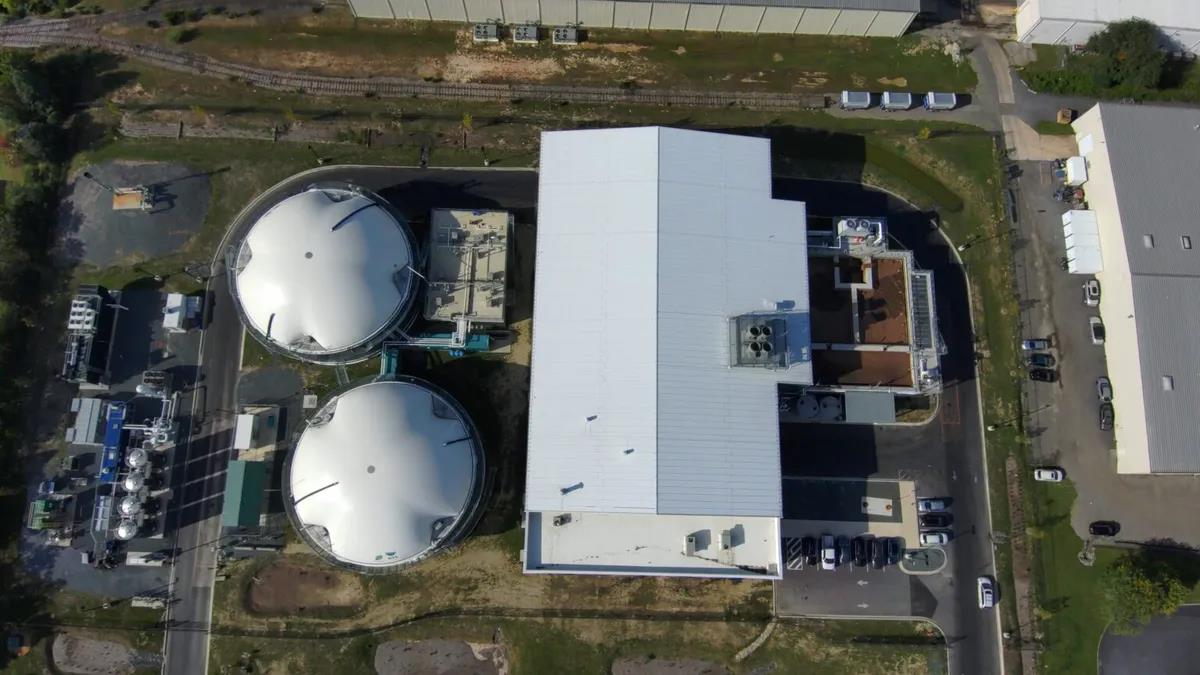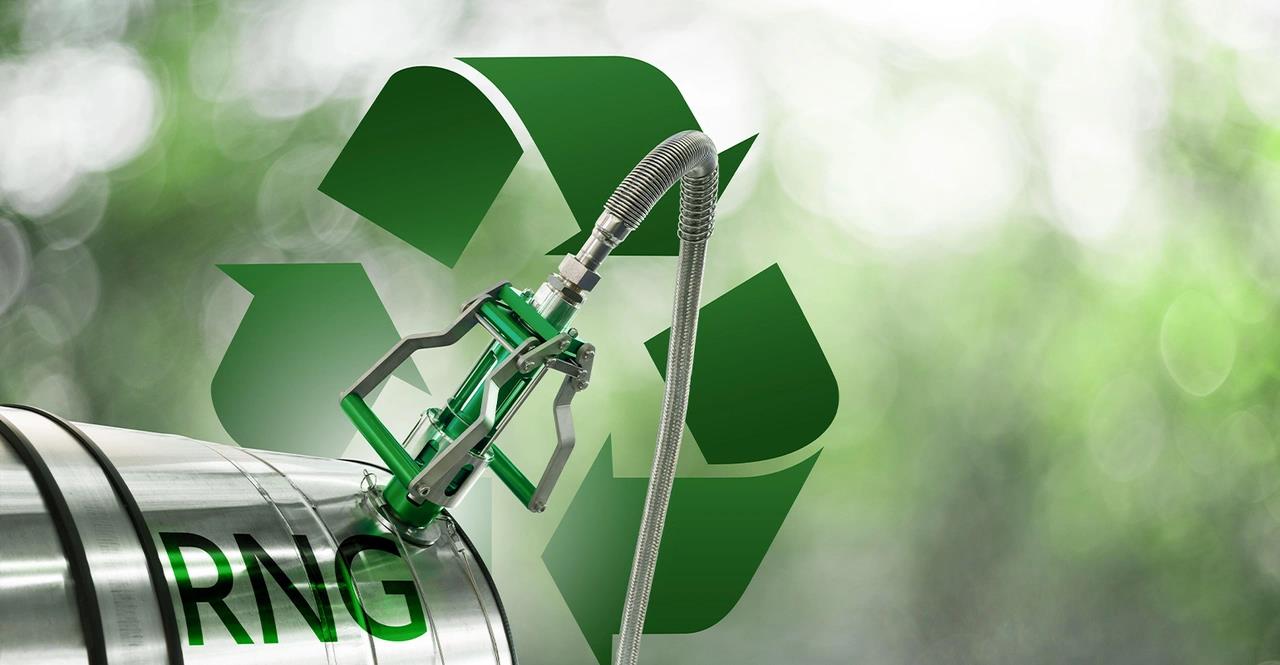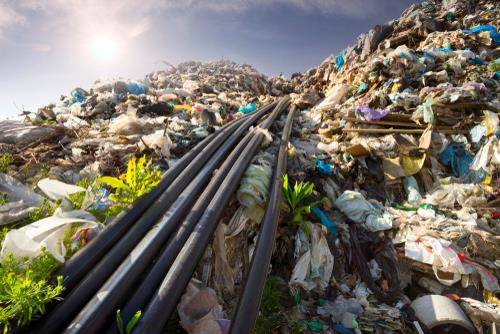Welcome to our monthly recap, where we combine the latest in the RNG industry with exclusive Greenlane Renewables updates, as we collectively navigate the path to a more sustainable future.
Some great industry developments are at work as we continue to cover the RNG space!
Greenlane’s Latest News
Greenlane Renewables Announces Second Quarter 2024 Financial Results
~Greenlane continues drive for EBITDA results; realigns cost structure; and secures new service contracts~
On August 7th, Greenlane announced its financial results for the second quarter ended June 30, 2024. For further information on these results please see the Company’s Condensed Consolidated Interim Financial Statements and Management’s Discussion and Analysis filed under the Company’s profile on SEDAR+ at www.sedarplus.ca.
“We’ve seen robust sales for both our Airdep division and service business this quarter,” said Ian Kane, President and CEO of Greenlane. “Building on the success of our biogas desulfurization product line in Europe, we have delivered the first Cascade H2S units in North America. These product and service contract wins are helping drive our financial goals, valued by our stakeholders, as we shift into our next phase of market and related product development.” - Excerpt from Ian Kane, President and CEO of Greenlane’s news release comments, August 8, 2024.
Click HERE for the complete news release.
Greenlane Renewables Announces Management Changes
On August 23rd, Greenlane announced changes to its senior management team, which are effective immediately. Ian Kane, currently President and Chief Executive Officer (“CEO”) has submitted his resignation. Ian has left the role of CEO but will continue as President for approximately three months to assist in the transition of the new roles in the senior management team, after which he will leave the Company. Brad Douville, who has been the Company’s Executive Vice Chair, has left that role to re-assume the role of CEO, a position he held from June 2019 through August 2023.
“When Ian was hired over a year ago, he was tasked with working with the Board, Brad and the senior team to plot a path towards a sustainable business plan while also giving Brad the bandwidth to pursue unique strategic opportunities and partnerships,” said Wade Nesmith, Greenlane’s Board Chair. - Excerpt from Wade Nesmith, Board Chair, and his news release comments, August 23, 2024.
Click HERE for the complete news release.
Greenlane’s Product Insights
Greenlane in action: Cascade MS for the Agriculture Sector.
For agricultural biogas upgrading applications, Greenlane’s Cascade MS (for membrane separation) is the technology of choice. Did you know membrane separation is a multi-stage, high-efficiency process that uses tubular porous membranes to filter out carbon dioxide from methane during permeation? As biogas flows through, CO2 molecules permeate the selective membrane walls, while larger biomethane molecules are retained. This method is ideal for small to medium biogas projects prioritizing upfront costs over life cycle expenses.
Greenlane's membrane biogas upgrading plants have a modular design and container-enclosed packages that can handle any gas volume. Greenlane's multi-stage process offers reliable performance and high biomethane recovery, usually exceeding 99%, by simultaneously removing CO2 and O2. Cascade MS also integrates with Cascade H2S for cost-effective removal of high H2S in the biogas along with efficient RNG production.
Click HERE to Learn more:
Industry News
How Biogas can Support the US strategy for Reducing Food Waste

Anaerobic digestion can help drive progress on climate, but we have only just started to tap into the technology’s potential, writes the head of the American Biogas Council. America wastes a whopping 92 billion pounds of food every year, with about 38% of the food going unsold or uneaten. This wasted food is responsible for 58% of landfill emissions of methane, a potent greenhouse gas.
One key solution the plan highlights to reduce methane emissions from food waste is biogas systems. These facilities use anaerobic digestion to capture the renewable energy potential of decomposable waste. Anaerobic digesters process food waste that would otherwise go to landfills and combustion facilities. They also use natural microbes to produce methane in a controlled environment, which can then be used to replace conventional natural gas to provide heat or electricity.
Read More
How Big Global Companies Are Using RNG to Decarbonize

RNG is one of the most potent tools to decarbonize because emissions are reduced in making it and using it, often making it carbon negative. RNG is the methane component of biogas which is made from recycling decomposable wastes—manure, wastewater solids, food waste, crop residues, and the like—using biogas systems.
Will we look back on the 2020’s as the Decade of Corporate Decarbonization Pledges? According to McKinsey & Company, over 6,000 companies have pledged to achieve an average reduction of 49 percent in Scope 1 and 2 emissions and 28 percent in Scope 3 emissions by 2030. That’s just six years away.
These are excellent goals. But making good on those commitments is a major challenge. And while large multinational companies increasingly include renewable natural gas (RNG) in their decarbonization plans, the benefits of using RNG to replace conventional gas remains largely untapped.
Read More
Pioneering Paths: How Gas Utilities are Shaping the Energy Transition Through Renewable Initiatives
Natural gas utilities and pipeline companies find themselves at a crossroads in an era of energy transition. Faced with the immense challenge of decarbonization, they are not merely passive spectators but active navigators, responding with agility to the expectations of regulators, shareholders, and communities. Their journey is marked by complexity and urgency, with both short-term and long-term implications for the industry.
In the United States, the drive to decarbonize the energy delivered to residences and businesses places gas utilities in the spotlight. These entities are adopting a plethora of strategies, from enhancing infrastructure to prevent leaks to integrating renewable natural gas (RNG) into their offerings. The varied landscape of state regulations necessitates a keen awareness of which programs flourish and which falter.
Read More
Recent Report Reveals Growth of Landfill Gas to Renewable Gas Capacity

A new report by Wood MacKenzie finds that landfill gas (LFG) to renewable gas (RNG) capacity has nearly doubled in the last five years. The report, called “Trashing your way to a cleaner future: landfill gas as a feedstock for RNG in North America,” also revealed that the prospect for more LFG-to-RNG activity is considerable, with only 10 percent of the resource potential currently being utilized in North America.
“The LFG-to-RNG sector has been extremely active in the last two years with new project ramp-ups, blockbuster M&A deals and new players entering the market,” Dulles Wang, director of research at Wood Mackenzie, said. “The sector is also consolidating, with the top seven developers making up more than 60% of the market today. As RNG is a direct substitute for fossil-based natural gas, there is tremendous potential for future growth and its prospects in carbon reduction goals.”
Read More
RNG Coalition welcomes progress in LCFS rule-making
The Coalition for Renewable Natural Gas (RNG Coalition) has welcomed proposed modifications to California's Low Carbon Fuel Standard (LCFS) offered by the California Air Resources Board (CARB). They included an increase in near-term programme ambition and other changes that should enable increased methane capture and greater diversity of clean fuels in the state.
"RNG Coalition applauds CARB for its responsiveness in releasing a more ambitious proposal for the LCFS," said RNG Coalition director of public policy Sam Wade. "This updated framework will allow renewable natural gas to continue to displace dirty diesel, reduce methane emissions, and eventually produce zero-emission fuels such as hydrogen."
Read More
Thank you for your time and interest in Greenlane Renewables and have a great day!




